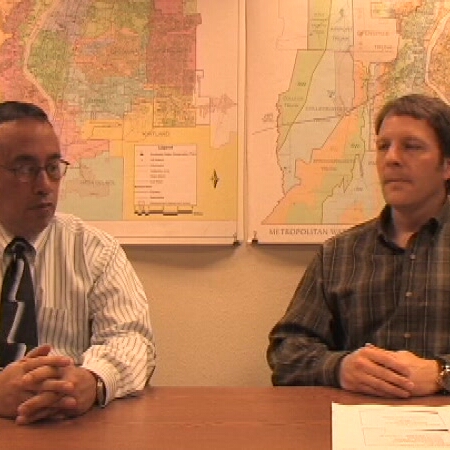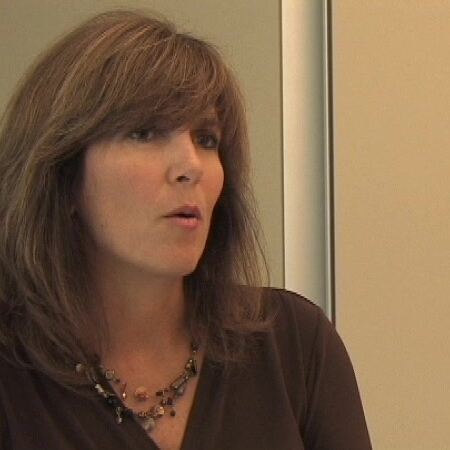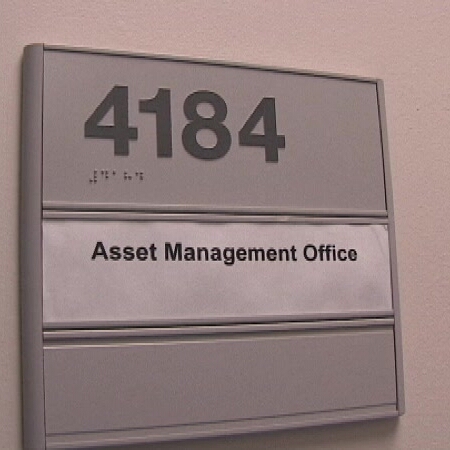8.2.1 Who to Involve
Asset Management is not just one person's job; it is everyone's job from the field staff to management to the governing board. In a very small utility, the total staff may be 1 or 2 people and a governing body. In slightly larger utilities, there may be an operator, a clerk, a manager, and a governing body. As the size of a utility increases, there will be more people and there may even be separate departments for various functions. It is desirable to form an implementation team of some type. In a small utility, this team may only be two people. As the utility size grows, the team can be made up of a few individuals or many individuals. It is not important how many people are involved in the Asset Management team as long as all the functions ( such as operations, maintenance, budgeting, capital improvements, customer service, and financing) are represented, and as long as you find a way to gain buy-in from everybody. In smaller utilities, multiple functions may be the responsibility of the same person, so the team may be smaller.
The team can be called an Asset Management Steering Committee or some other name that shows the rest of the utility that the organization values this function and that there is a purpose to the team. In organizations that have both water and wastewater utilities, the team can be made up of individuals from both utilities. One of the first steps for the steering committee can be to develop a mission statement and goals for how they will implement the process and how they will share information with the rest of the organization and the governing body.
A steering committee does not need to be a major time commitment. The group can meet periodically, such as every other week or once a month, for an hour or two. The meetings can be a little longer to start the process and then shorten once the implementation is firmly established. The most important thing is to pick a day, time, and frequency that is feasible for your utility to make sure you get consistent participation. Serving on the steering committee should be considered a priority and the governing body needs to support this participation. The steering committee should become part of the on-going Asset Management program, so it should not be thought of as a temporary group. The frequency of meeting may lengthen after the initial implementation, but it will still need to meet.
In addition to current utility staff, a lot of knowledge about your utility resides in the heads of former operators, managers, board members, or clerks. If at all possible, the knowledge of these individuals should be captured in the implementation process. In very small systems, it may even be worthwhile to contact long-term customers who may have knowledge of past construction or operations practices. It is important to think creatively about who should be involved in the implementation process to ensure access to the maximum amount of historical information.




